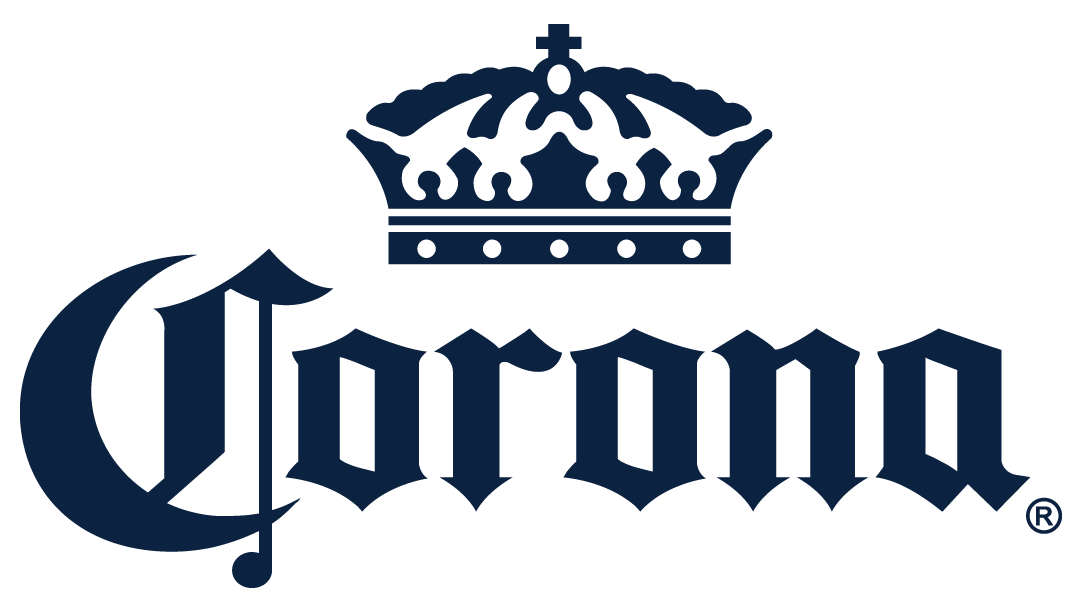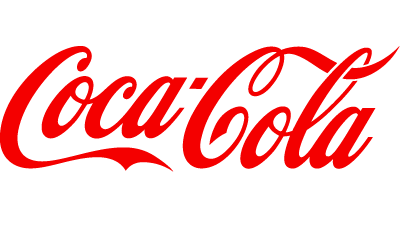

Our Challenges
We´re looking for startups that have solutions to these challenges.
Circular Economy

Help close the loop and create a circular global economy where waste is eliminated, resources continually circulated and nature regenerated. We are looking for the following solutions:
Recycling, Reuse and Returnability
- Sorting, Recycling and reuse schemes in distribution centers and wholesalers
- Innovations to increase returnability with consumers (convenient waste/return & refill)
- New washer machine/rinser solution to increase bottle life cycle
- Post-consumer recycling (one-way bottle/cans, kegs and returnables) including more efficient and convenient logistics system, collection points and separation of materials on-site
- New technologies to recycle materials (beyond chemical recycling) - including mechanical and enhanced recycling that provides lower carbon footprint than current technologies
- Re-introduce returnable/reusable packaging into developed markets (linked to traceability and calculation of trips and rotations, as per PPWR)
- Aluminum (can-to-can) recycling with specific focus on China and South Korea
- Returnable and reusable aluminum containers
- PET recycling and reuse with food grade and barrier properties with specific focus on China and South Korea
- Solutions to recycle amber PET
- Solutions to increase the recycled content in flint bottles without incurring discoloration e.g. additives to boost clarity or sorting mechanisms to identify best feedstock from recycling streams
- Glass recycling infrastructure e.g. get container spec cullet glass out of the single stream recycling more cost effectively and cheaply, new scalable technologies in glass cleaning and sorting, solutions for recycled mixed glass (amber and green)
- Develop new technology to allow for more reuse of recycled colored glass like amber & green into new flint and Georgia Green bottles
- Replacements or alternatives for plastic liners in bottle caps, without compromising shelf life
- Plastic free or recycling solution for paper and plastic labels (Include PET label that can go into recycling streams w/o sorting)
- Innovative technologies for recyclable caps including PET caps
- Recycling solutions for PET label carrier (with silicon)
- Eco-friendly, recyclable, reusable or biodegradable branding and marketing materials such as cups for events, furniture for bars & restaurants, racks, shelves, posters, printed material, textiles and clothing and any other material used to communicate
- New technologies or schemes for waste collection systems
- Shared reusable infrastructure, possible JV, for collecting/cleaning bottles prior to returning them to the filling line
- Mobile packaging sorting & recycling center especially in remote/rural areas
- Scalable businesses that leverage plastic upcycling technologies (Corona Challenge)
- Recycling solutions for diatomaceous earth
- Washing solution to increase percentage of cullet able to be recycled in glass manufacturing
- New opportunities for recycling aerobic sludge
- New solutions for label recycling
- New solutions for carton recycling (i.e. folding carton, corrugated) and reuse
- Solutions for recycle incentivization & increased convenience for consumers
- Non-plastic alternatives for flexibles including bags, sachets etc, includes home compostable technologies that can provide barrier properties for liquids
- Recycle sortation technologies for small packaging item, a specific example is recycling of HDPE tubes (e.g. new class of recyclable toothpaste packaging)
- Washing PCR production residues in dry (without using water)
- Serialized Deposit Return System(i.e. Digital DRS). Pilots, development of novel collection points (that can also read the end/bottom of the can)
- Body and end separation technologies after Deposit Return System collection for cans
- Reusable/returnable secondary packaging for circular system
- Segregated system enabling collection/recycling of disposable paper/plastic cups and monolayer recyclable pouches
- Light weight low carbon high recycled content reusable beverage packaging
- Eco-friendly Ink Development without slowing the line capacity
- High-solidity Recycled Paper for Cluster Packs (As-is: all-pulp)
- Sourcing for 500ml Empty Can during Can demand explosion of market
- Using Anti-slip Hot melt for can packing instead of Film
Packaging Material Alternatives & Innovations
- Plastics:
* Food Grade rPP and rPE
* PET Bottle Ultra-Light Weighting, beyond gram reduction and focusing on optimization
* Replacement for non-recyclable nylon barriers for PET bottles
* Replacement for plastic blister packaging
* Food contacts plastics made with >10% recycled content
* Biobased plastics, recyclable at scale
- Fiber Packaging:
* Coating for dry molded fiber paperboard bottles that allows recycling and meets shelf-life quality standards
* Carton coating to extend secondary packaging shelf life without hindering recycling stream
* A multi-pack made of recycled paper or alternative fiber paper
* Reusable carton packaging – multicycle
* Forms that provide moisture and oxygen barrier. Must be compatible with fiber recycling
* Fiber Primary Packaging (Bottles, Pouches, Pods, etc), that are recyclable/repulpable at scale, with lower CO2 footprint than existing primary packaging
- Cans (Aluminum/Steel)
* Returnable and refillable aluminum container
* Can of the future where lid and body are all made from the same alloy for 1-1 recycling and increased recycled content in can sheet
* Aluminum purification
-Glass Bottles:
* Anti-scuff coating for returnable bottles to help increase the bottle lifetime
- Generic:
* Recycled/Recyclable secondary and tertiary packaging materials
* Sachet film technology to advance recyclability, biodegradability/compostability
* Shrink-wrap alternatives OR reusable secondary packaging/shrink OR new sustainable solutions for secondary packaging
- Palletization:
* Fiber Primary Packaging (Bottles, Pouches, Pods, etc), that are recyclable/repulpable
- Improvements to enable the removal of plastic stretch film, while maintaining transportation quality
- Scalable technology for bio-based and renewable materials
- eCommerce ready packaging to avoid overpacking and material waste to be made of majority recycled content
- Elimination or alternatives of labels on packaging
- Multi-colors/ high contrast solutions without labeling beyond current Direct Digital Printing and laser marking technologies at comparable traditional labeling speed
- Use of novel packaging materials and technologies in various packaging categories (aluminum, steel, glass, paper, polymer, glue) that enable further light-weighting or reduced material use (e.g. Glass strengthening technology that enables super light weighting)
- Biobased materials in substitution of fossil fuels-based packaging
- 100% plastic-free bag for the delivery segment
- Alternatives to disposable paper/ plastic cups and multilayer pouches to ensure recyclability
Packaging New Forms
- Novel ways to concentrate products including low water content forms that are reconstituted or used directly by consumers, CPG focus
- New product ideas involving re-fillable / replacement product that is stored or otherwise used with a permanent/durable container while addressing hygiene challenges for refillable
- Refillable Packaging for dilutable products from a concentrated form into reusable packaging (e.g. bottles), novel ways to ensure the consumer maintains a clean and sanitary environment
Materials Tracking & Tracing
- Solutions to track packaging materials through the entire circular economy. Better tracking and reporting of recycled content across all materials
- Visibility and traceability of input materials for packaging
- Reuse marketing materials in different points of sale, increase marketing materials traceability to know where and what are we using or storing and reduce, eliminate, reuse and/or recycle materials that are used to pack marketing materials
- Traceability of aluminum and glass across the value chain, from mime to remelt, enabling product passports
- Track and trace for the precise measurement of return rates for reusable bottles
Upcycling
- Marketplaces for upcycling coproducts from CPG industry
- Processing technologies that turn our co-products into ingredients for various food applications
- Palm Oil, tallow and other vegetable oil substitutes including waste food, spent grain, and other feedstocks - as use in surfactants for soap as well as food applications
- Low-cost Sulfate Free or Natural surfactants Technologies
- Natural, sustainable preservative technologies for personal and oral care products
- Processes and materials that incorporate co-products e.g. sustainable packaging solutions
- Find a second life for all of our co-products through products that generate value to our consumers, especially for: spent coffee and tea leaves, seeds, peels, pulp, dry/wet yeast and brewers’ grain
- Biological / chemical process to extract valuable properties for skincare products, pharmaceutical products
- Stabilizing brewers’ grains which, if not treated, has a very limited lifetime of 4-6 hours
- Solutions to make transportation economically viable, e.g. low-cost de-watering to reduce original moisture of 80% (brewers’ grain contains only 20%-40% dry matter)
- New foods and beverages that enable smart nutrition choices, derived from and linked to our co-products, with focus on upcycled barley protein, commercially known as Everpro®
- Sports nutrition powders, hydration sticks, endurance gels, dairy alternative applications and more, with higher plant protein content
- Anaerobic digestion for brewers’ grain (ideally with cogeneration)
- Renewable or Recycled Carbon, Non-Fossil Fuel derived carbon ingredients, e.g. surfactants for cleaning products, CO2 for carbonation
- New solutions to fuel/accelerate the fermentation process including alternative carbon or nitrogen sources
- Solutions to improve the functionality or nutritional profile of brewers spent grain or brewers spent yeast through fermentation
- Startups in the plant-based meat or dairy sector who are interested in testing/using novel ingredients derived from barley or yeast including proteins and fibers
- Bioplastics, composites or other packaging solutions derived from brewers spent grain
- Novel valorizations of brewing coproducts for use in biochemicals, cosmetics, etc.






